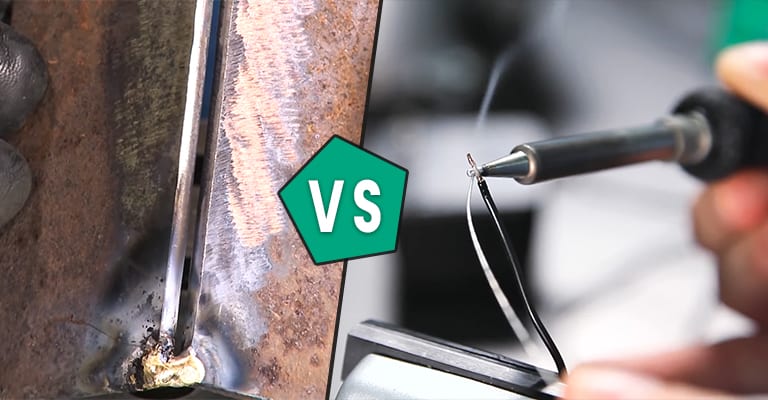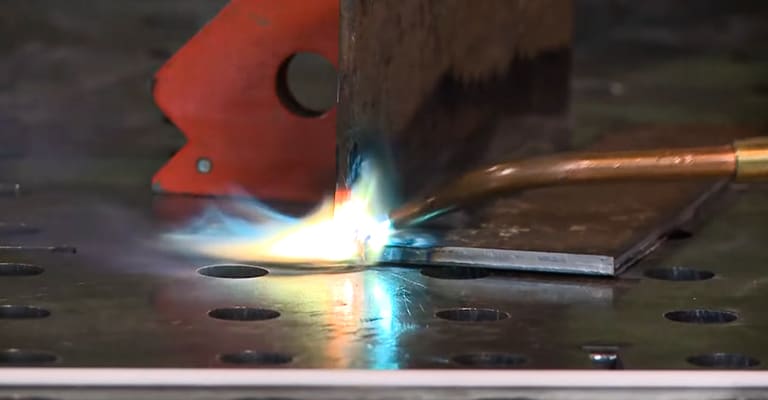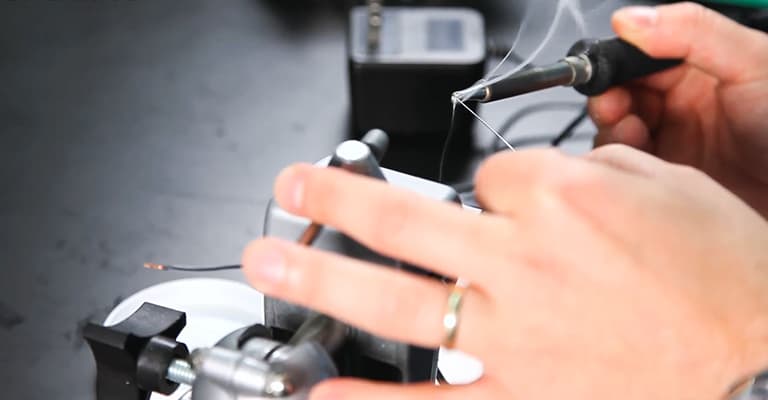I love creating free content full of tips for my readers, you. I don't accept paid sponsorships, my opinion is my own, but if you find my recommendations helpful and you end up buying something you like through one of my links, I could earn a commission at no extra cost to you. Learn more
Brazing and soldering are both methods used to fuse two pieces of metal. They both share the same unique aspect. Both these processes can be used to join two metal parts without melting the base metal. Instead, we use a filler material for the joining process.

In this post we'll cover:
How Does Brazing Work?
The brazing process is not that complicated. At first, the metal parts are cleaned so that no grease, paint, or oils remain on the surface. This is done by using fine sandpaper or steel wool. After that, they are placed up against each other. Some clearance is provided to aid the capillary action of the filler material. The use of flux is done in order to prevent oxidation during heating. It also helps the molten filler alloy wet the metals to be joined properly. It is applied in a paste form on the joints to be brazed. The flux material for brazing is generally borax. After that, the filler material in the form of a brazing rod is placed in the joint to be brazed. The rod is melted by applying a high amount of heat to it. Once melted they flow into the sections to be joined due to capillary action. After they melt properly and are solidified the process is done.
How Soldering Works?
The soldering process is not that much different from the brazing process. Here too, a source of heat is used to apply heat to the base metals to be joined. Also, like the brazing process the parts to be joined or the base metals do not melt. A filler metal melts and causes the joint. The source of heat used here is called the soldering iron. This applies the correct amount of heat to the base metals, filler, and the flux. Two kinds of flux materials are used in this process. Organic and inorganic. Organic fluxes do not have any corrosive effects. So they are used in more delicate cases such as circuits.
Should You Braze of Solder?
Before deciding on which process to use there are a few things you should keep in mind.Probable Point of Failure
Typically in solder joints, the filler material is much weaker than the base metals. So if the soldered part is highly stressed during service then the point of failure will most likely be the soldered joint. On the other hand, a well-brazed joint will never fail due to the weakness of the filler material. The main reason brazed joints fail is due to the metallurgical alloying that occurs at very high temperatures. So failure mainly occurs at the base metal outside of the joint itself. So you should analyze where the part you joined will be most stressed. After that, you can pick the process that minimizes the chances of failure.Fatigue Resistance
A joint made by the brazing process can withstand constant stress and fatigue due to thermal cycling or mechanical shock. The same can’t be said however for a soldered joint. It is prone to failure when exposed to such fatigue. So you should take into account what kind of conditions your joint may have to endure.Requirement of the Job
If your intended purpose for the joined part requires it to handle a lot of stress brazing is the right way to go. It is commonly used in projects such as automotive parts, jet engines, HVAC projects, etc. But soldering also has some unique properties that are quite sought after. Its low processing temperature makes it ideal for use with electronic components. In such components handling large amounts of stress is not the main concern. For this reason, even the flux used in electronics soldering is different. So before deciding on which process to use you might want to consider which properties are desirable in your particular use case. Based on that you can determine which one is suited for your job.Conclusion
Although brazing and soldering may be similar processes they have some distinct differences. Each process has some unique properties which are sought after for various applications. To determine which one fits your job the best you should carefully analyze and find out which properties are pivotal for your project.I'm Joost Nusselder, the founder of Tools Doctor, content marketer, and dad. I love trying out new equipment, and together with my team I've been creating in-depth blog articles since 2016 to help loyal readers with tools & crafting tips.
